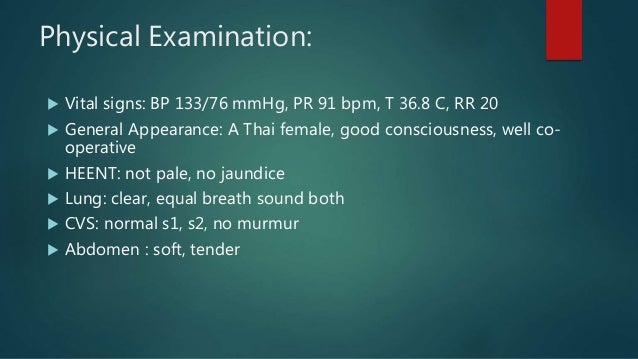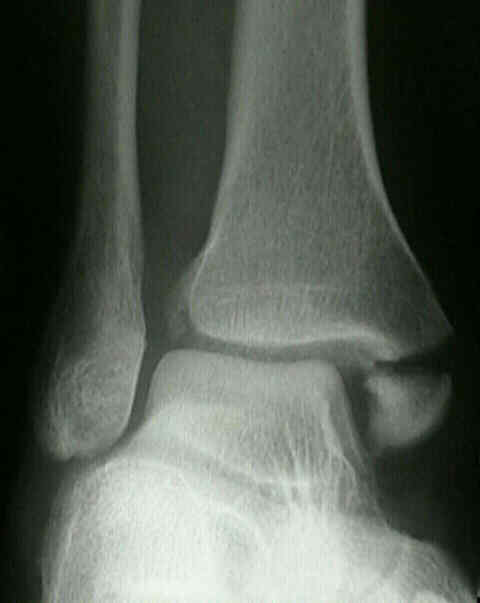

In our experience, it is always difficult to reduce the diastasis via the primary lateral approach.
MAISONNEUVE FRACTURE MANAGEMENT FULL
Ligament injury has varied greatly (with or without tear of the medial lateral ligament, more or less full thickness rupture of the interosseous membrane). Among the nine patients reviewed clinically, outcome was excellent in three and fair or poor in six.ĭiscussion: This retrospective analysis collaborates the few data in the literature on Maisonneuve fractures. In group 2 (syndesmodesis), we found two cases of residual diastasis and two cases of tight syndesmosis at at least one year. Among the five patients reviewed clinically, outcome was excellent in four and fair in one. No case of tibiotalar diastasis was observed at at least one year.

Results: Mean follow-up was four years nine months (range 1–10 years). Quality of the reduction and presence of degenerative disease were determined on standard x-rays and computed tomographies. The Duquennoy functional score was determined at last follow-up. Thirteen patients (group 2) were treated via a first lateral approach and a syndesmodesis screw followed by a complementary medial approach in seven cases (two cases of medial malleolus osteocynthesis and five cases of medial collateral ligament suture). Seven patients (group 1) were treated without a syndesmodesis screw (osteosynthesis of the medial malleolus in six cases and suture of the medial collateral ligament in one). Material and methods: This retrospective analysis involved 20 patients who underwent surgery for Mai-sonneuve fracture between 19.

We performed a retrospective analysis of operated patients to propose a system to determine adequate care as a function of the type of lesions observed. Standard surgical care is not well defined. Purpose: Maisonneuve fracture is a rare variant of malleolar fractures.


 0 kommentar(er)
0 kommentar(er)
